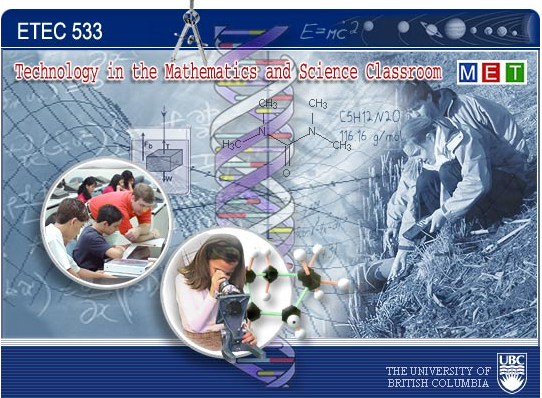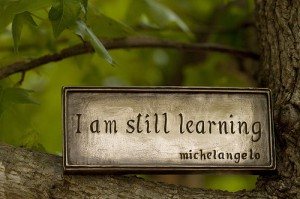How does this technology support learning and conversely how might it confound learning?
The Cognition Technology Group at Vanderbuilt (1992) stated that the Jasper Series is a technology-based program designed to motivate students and help them learn to think and reason about complex problems. The theoretical framework is consistent with constructivist theories and emphasizes generative learning anchored in meaningful contexts. This series offered a different approach to mathematics more appealing to students and presenting multiple options of resolution. The student was stimulated all the way by an interesting story and the quest for pieces of the puzzle to answer a challenging question. Not only the answer is the goal, but the process, the thinking and the questioning are equally important. Done indivdually or in teams, the effort would only stimulate and motivate the learner to find an answer and hope that is the best one. Building on the constructivist theory, where with the help of teamates, the learner would grow it’s learning on evidence and experience, the “theorists emphasize the importance of having students become actively involved in the construction of knowledge.” (CTGV, 1992) Involving the learner in his development and reflection has a large impact on his understanding and long term memory. ” A number of theorists emphasize the importance of helping students engage in generative rather than passive learning activities.”(CTGV, 1992) Also, Bottge et al. state that the cognitive perspective defines “problems” according to howthey function for the persons attempting to solve them. Meaning, to integrate meaningful problems in the learning they have to mean something or relate to the learner. Otherwise, it is almost a waist of time.
What suggestions do you have for how the Jasper materials or other digital video might be utilized in your context (include suggestions for activities that do not involve the videos)? What research supports your suggestions?
In my context, I have 20 Grade 6 students largely involved in sports. I am not convinced that the majority of my students would be interested in the Jasper series for a long period has it doesn’t relate to them that much and it is a bit old. Shyu (2000) mentioned that with the widespread application of multimedia technology, the ideas of situated learning can be better achieved, because computer technology can be deployed to expand the power and flexibility of learning resources. In 2014, the concept created by the Cognition Teachnology Group at Vanderbuilt is really interesting and supports well the constructivist approach, but today’s learners need more interaction. There is other options available today, like C.S.I. Web Adventures or The Adventures of Josie True which provide the learner with a close to life experience to experiment math or science. I think capturing the interest of our learners is key to involvement and engagement. Also, Webquests offer potential for math learners, like Mathematics and Sports Webquest, in MathGoodies. For the challenged learners, the interaction and the audio-visual offer more potential than just paper. Bottge et al. (2002) discovered that previous studies have shown that students with disabilities can solve challenging and authenticmath problems in remedial settings when the tasks are presented in video and applied formats. Meaning that the anchored intruction brings up different aspects of the learning involving personal experiences that support the learner in his challenging questions related to a known environment.
How might the video and/or the activities be augmented for children with learning issues in math?
Bottge et al. (2002) suggest that full-time general education instruction without in-class special educationsupport does not adequately meet the needs of students with learning disabilities. Is the anchored instruction the best solution for the students with learning challenges? Probably not. They still need direct support to keep them on task and support them with heavier challenges. It doesn’t mean they dcan’t do it, they need support to achieve the problem or to find information. To improve these activities for children with learning issues in math, I believe that more manipulative and smaller video sections could help. They need more scaffolding to be able to connect the dots and reach the objective.
Cheers,
References
Bottge, BA, Heinrichs M, Mehta, ZD, Hung, Y. (2002). Weighing the benefits of anchored math instruction for students with disabilities in general education classes. Journal of Special Education, 35, 186-200. http://ezproxy.library.ubc.ca/loginurl=http://dx.doi.org/10.1177/002246690203500401
Cognition and Technology Group at Vanderbilt (1992b). The Jasper series as an example of anchored instruction: Theory, program, description, and assessment data. Educational Psychologist, 27(3), 291-315.
Shyu, H. Y. C. (2000). Using video‐based anchored instruction to enhance learning: Taiwan’s experience. British Journal of Educational Technology, 31(1), 57-69. http://ezproxy.library.ubc.ca/login?url=http://dx.doi.org/10.1111/1467-8535.00135


